CONTENTS
Can You Bring Food Through TSA On A Plane: The Definitive Guide
Can you bring food through TSA on a plane? Bringing home unique food souvenirs for your family and friends? Knowing the food rules before going through security will definitely make the experience less stressful for you.
The Transportation Security Administration (or TSA) has clear regulations that govern what you can and cannot pack in your carry-on. You might find this surprising, but the TSA allows passengers to bring a vast variety of foods.
Many types of food are allowed on a plane, from baked goods and dried fruits to freshly baked pizzas —even your favourite home-cooked dishes. Read on to see our complete guide on what you can bring on your next flight.
A Summary Of TSA Food Rules

According to the TSA, there is a wide range of food choices that you can bring with you onto the aeroplane. Photo by Adragan on stock.adobe.com
Can you bring food through TSA on a plane? Yes, you can. According to the TSA’s rules, there are many types of food and drinks that can go through security.
However, please keep in mind that international rules might vary. Each airline has a different list of food items that are not allowed on board as well. Here are the highlights that you need to know.
Seafood And Meats
You can bring cooked food in your carry-on bags and checked luggage. However, if the food blocks the airport security's X-ray scanner, you might have to remove the food from your bag. If they are packed with ice or ice packs, make sure the ice are frozen.
Baby Food And Breast Milk
According to the TSA, you are allowed to bring baby supplies with you in your carry-on bags in "reasonable quantities". From breast milk to food for babies and toddlers, be sure to notify the TSA officer in advance. Then kick back and enjoy your flight with your young children with a piece of mind.
Coffee And Other Non-Alcoholic Beverages
The TSA's rules allow passengers to bring coffee through security checkpoints if it is under 100 millilitres. Both coffee beans and coffee powder are allowed. For other beverages, as a general rule of thumb, as long as it is under 100 millilitres, then you are good to go.
Fruits And Vegetables

Island nations tend to have strict regulations regarding fresh produce. Photo by Lara Jameson on Pexels
Fresh fruits and vegetables are generally allowed in carry-on bags and checked luggage for domestic flights if you follow the TSA rules. However, if you are flying internationally, the rules are more complicated.
In certain countries, all fresh fruits and vegetables must be declared upon arrival to prevent the spread of invasive pests. This applies to many destinations with strict control over their ecosystems, such as Australia and Hawaii. This specific rule protects the local environment from new diseases and dangerous pests.
For instance, If you are travelling from the EU, Switzerland or Liechtenstein to the UK, you can carry fruit, vegetables, nuts and seeds (for personal use only). When you are travelling from a country outside the EU, you will need a “phytosanitary” (plant health) certificate.
Upon arrival, you might be subjected to additional fines if a biosecurity officer finds prohibited fruits and vegetables in your baggage. Moreover, your food items might be confiscated.
Wine And Other Alcoholic Beverages
Passengers are allowed to travel with alcoholic beverages. Depending on the alcohol content, there are different rules applied.
For alcoholic beverages under 24% alcohol by volume (ABV), similar to most wine and beers, the limited quantity per passenger is less than 100 millilitres for carry-on. For checked bags, there is no limitation.
For alcoholic beverages between 24% to 70% ABV, the same 100 millilitres limit is applicable. However, for checked bags, the limitation is five litres per person.
For alcoholic beverages over 70% ABV, they are not allowed in both carry-on bags or checked bags.
CabinZero’s Tips: If you purchase alcohol at airports' duty-free shops, you can bring it on the aeroplane. However, you are not allowed to drink your own alcohol in the air.
General Tips On Packing Food
https://www.youtube.com/watch?v=R6ZnxRPuy8M
Knowing what to bring and what not to bring is one thing. Another equally important thing is to ensure that your food is properly sealed and no leaking incidents will occur during the flight. Keep your food items safe and secure with some of our fool-proof packing tips.
Know The 3-1-1 Rule For Liquids
This is a well-known rule from the TSA. This rule will give you a clearer understanding on how to pack liquids in both your carry-on and checked bags. Three core guidelines to the 3-1-1 rule are as follows:
- "3" refers to each liquid that must be less than 3.4 ounces (or 100 millilitres) and stored inside one container
- "1" refers to how all containers must be stored in one plastic bag
- "1" refers to how each passenger is allowed one plastic bag per flight
Top Qualities For Food Containers

Having the right type of containers can ensure your travel experience. Photo by RODNAE Productions on Pexels
Be sure to check for these qualities before you start packing.
- Practicality is key. Choose the containers that you can see yourself using and reusing.
- Accessibility for grabbing the containers that you need while you are on the go or during the flight.
- If you are an infrequent traveller, fight the temptation to buy overly expensive food containers that you will rarely use.
Use Reusable Storage Bags
This is one of the most eco-friendly options for sustainable travelling. Instead of a single-use plastic bag, you can pack your favourite snacks with you on the road with minimum space required in your carry-on bags.
Glass Containers For Food Storage
If you are looking to pack your food in something more solid, a glass container is a great option. It can be used for multi-purpose and is easily see-through, just in case you need it checked during security screening. However, remember that glass items need to be wrapped properly.
Plastic Containers With Airtight Seals
Having the right food containers will be easier to travel with, and spilling accidents are less likely to happen. With many different options to choose from, you can opt for your favourite colours and choose the right size for the available space in your carry-on bags.
Travel-size Bottles For All Liquids
Pack your liquids in bottles that can be properly sealed. If you are unsure about the quantity, getting bottles produced specifically for air travel is a good idea.
Reasons To Pack Your Own Aeroplane Food
For health-conscious and budget-conscious travellers, there are many reasons that motivate them to pack their own food. Frequently flyers that travel for work also have access to limited food offerings. As you can see, bringing your own food is a necessity in many cases.
Healthy Food Choices
Most airports offer a very limited number of healthy options. Having your own food means you can opt for healthier choices that might be difficult to find at airports or during your flight.
If you have several allergies, specific dietary needs and medical conditions, taking the extra precautions is highly recommended. You can notify the airline in advance and pack your own food, just in case.
CabinZero's Tips: The healthy and easy-to-pack snacks are dried fruits, almonds or fruits and veggies.
Save Money On Food
Not only packing your own food will save you money, but it can also save you more time throughout your trip. No more limiting yourself to expensive yet limited food options at airports.
CabinZero's Tips: Sandwiches are simple to make, do not require refrigeration and can keep you feeling full for a longer time.
Add Fun To Your Flight
The food options available in aeroplanes are not always aligned with your personal taste and lifestyle habits. Surely, snacking on your favourite food is a much more fun way to speed up the in-flight waiting time. Entertain yourself with fun in-flight entertainment options and delicious snacks. You will reach your destination in no time.
CabinZero's Tips: From gourmet chocolates to chips, popcorn and veggie dips, these are all great options for in-flight snacking. Just be sure to opt for food options that are not too sticky, messy, or smelly to be more considerate towards your fellow passengers.
FAQ

Baby supplies are allowed in your carry-on bags but with a few rules. Photo by Irina Schmidt on stock.adobe.com
1. What food can be allowed in my carry-on?
Most solid food items are allowed in your carry-on. Vegetables, meat, seafood, cheese and other solid food items are examples. Generally, canned foods are also allowed in your carry-on. However, the TSA suggests passengers keep canned foods in checked bags since most contain more than 100 millilitres of liquid.
2. What food cannot be allowed in my carry-on?
Even though passengers can bring most solid food items on aeroplanes, some foods are prohibited by most airports. Generally, liquid foods in containers larger than 100ml and high-alcohol liquor (70% alcohol/140 proof) are a no-go.
Raw foods are not allowed in your carry-on. For instance, rice can often have insects and these insects can infest the plant and farm life in your destination country.
3. Do you have to declare food in checked luggage?
Yes, all food must be checked by the TSA and undergo X-ray screening. This is applicable for both food in your carry-on and checked bags. For special cases, you can bring breast milk, baby formula and other baby supplies on board in reasonable quantities, but you need to declare them beforehand.
If you are bringing food from outside the EU into UK, you need to declare them. When you are not sure, walk through the Customs Red Channel and consult Customs Officers. In the US, you need to declare most meat, poultry, milk and egg products. Fresh and frozen fruits and vegetables are also likely no good.
4. Are Food And Medications Required To Be Packed In Original Containers?
No, food and medications are not required to go through security in their original packages. You can transfer food and medications into a different container, depending on your needs. However, it is helpful to note that original containers with clear labels might speed up the screening process.

Have fun packing and enjoy your next trip with our guide on TSA’s food rules. Photo by Martin Herfurt on Pexels
Ready To Bring Food Through TSA On A Plane
Now that you’ve known can you bring food through TSA on a plane. Knowing the TSA's regulations can make your flight experience less stressful as you are going through security. We surely hope this guide is helpful in getting you properly packed for your next trip.
Chau Dao

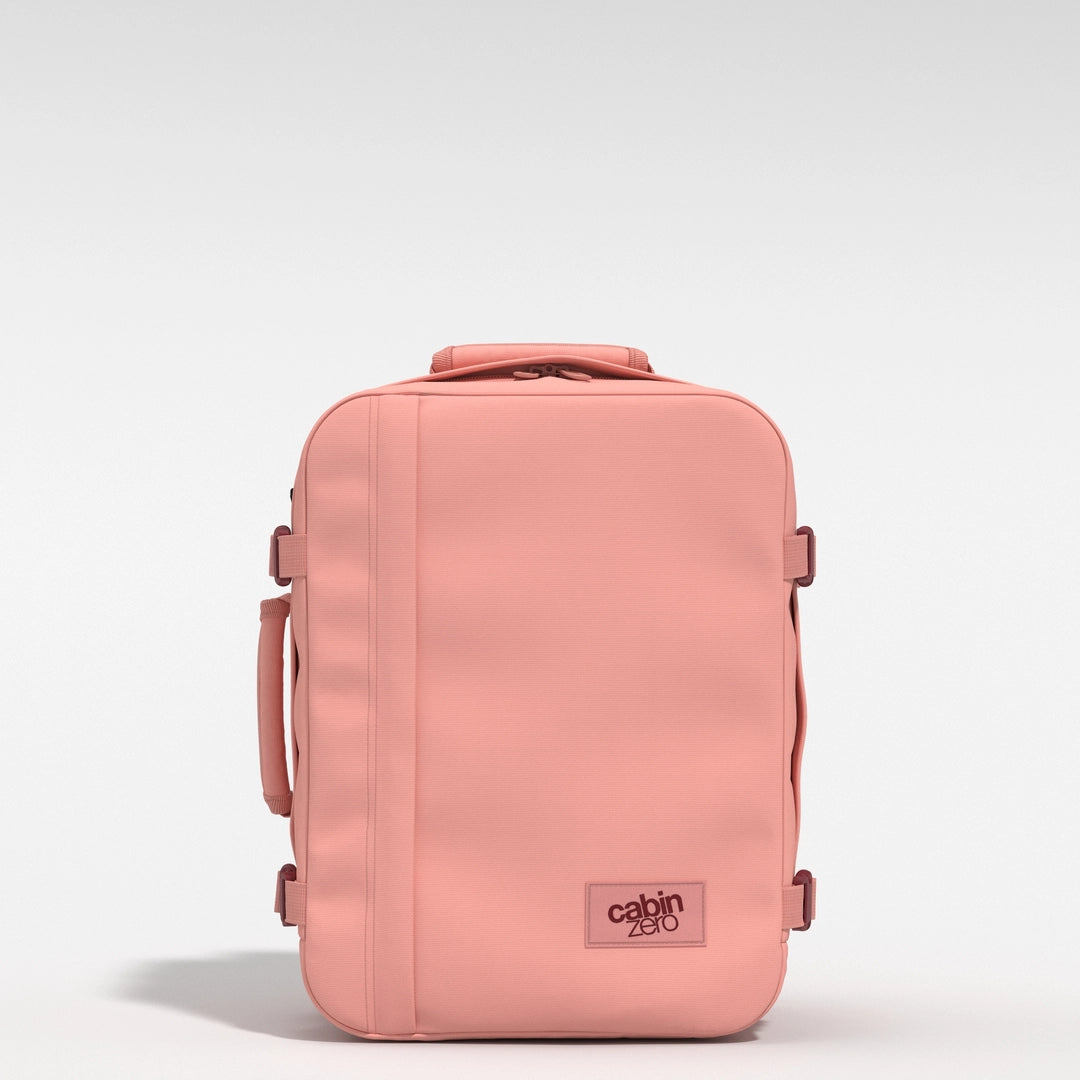

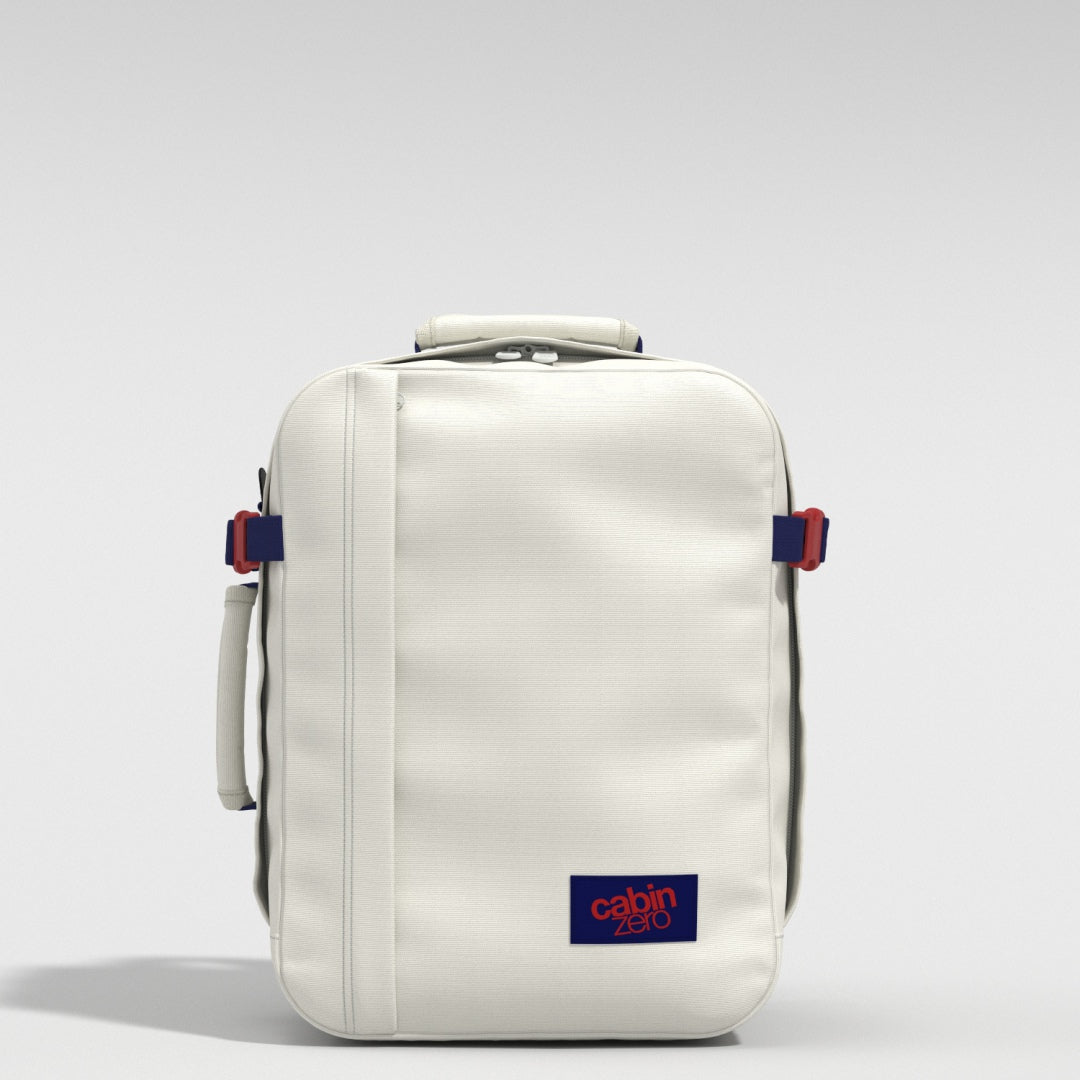

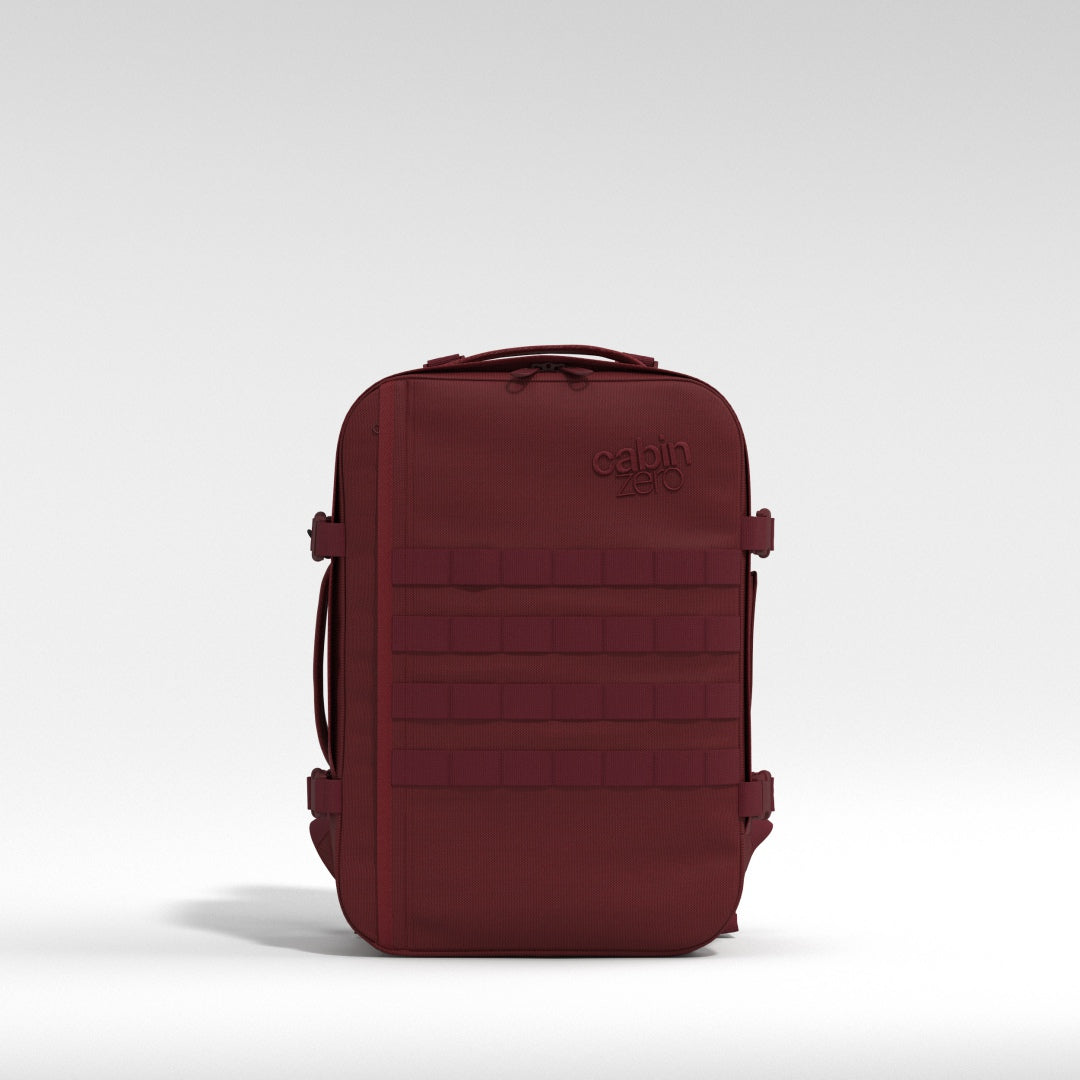

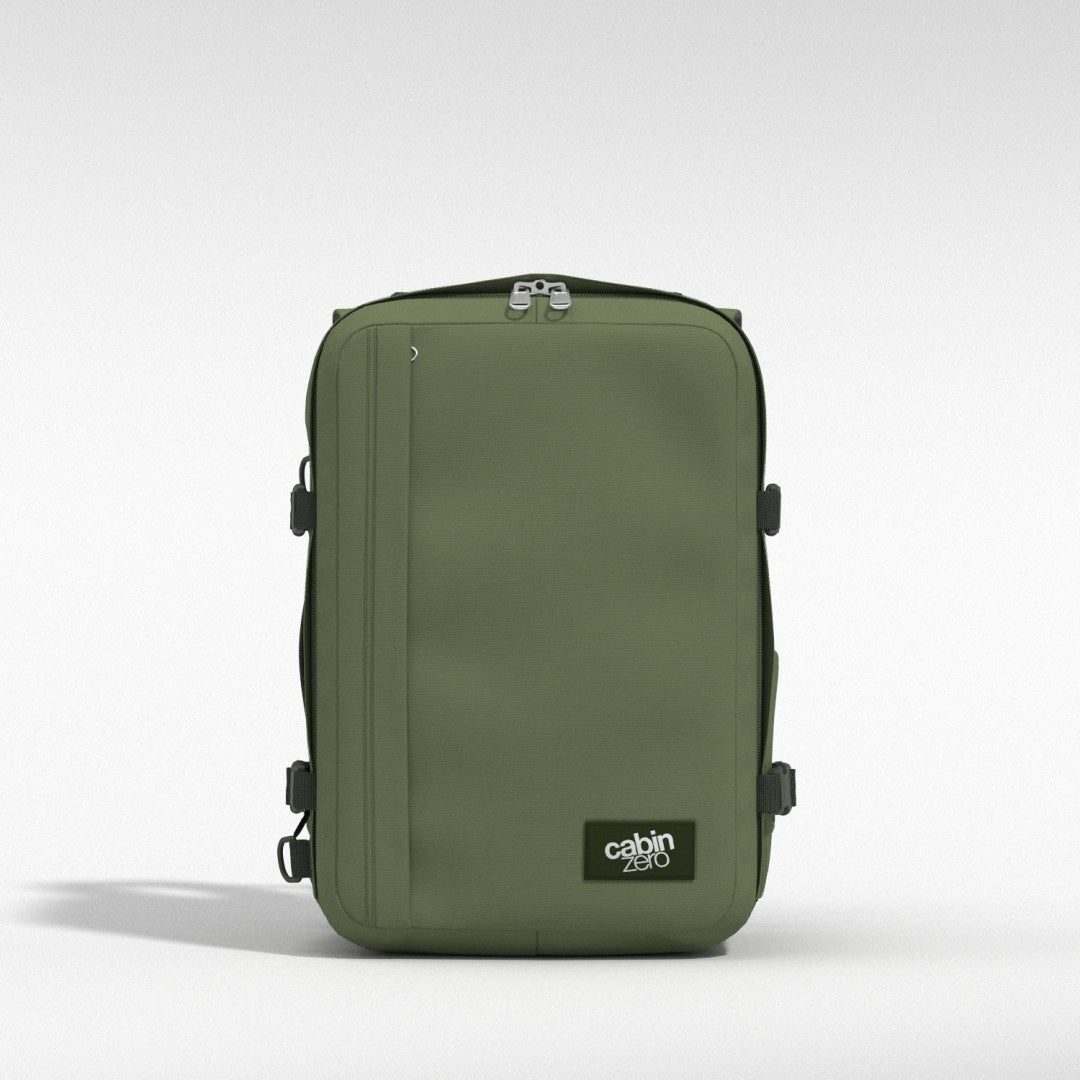

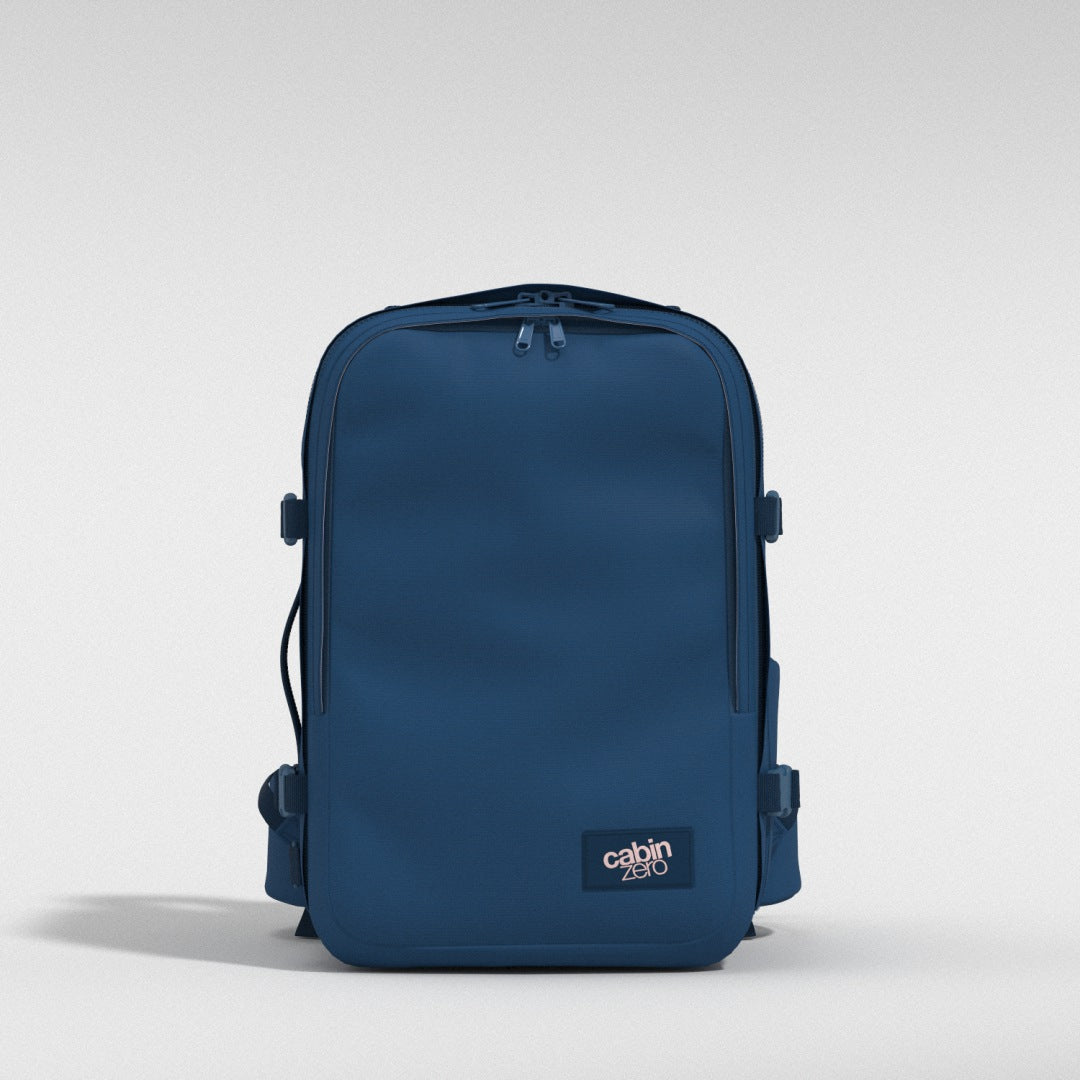





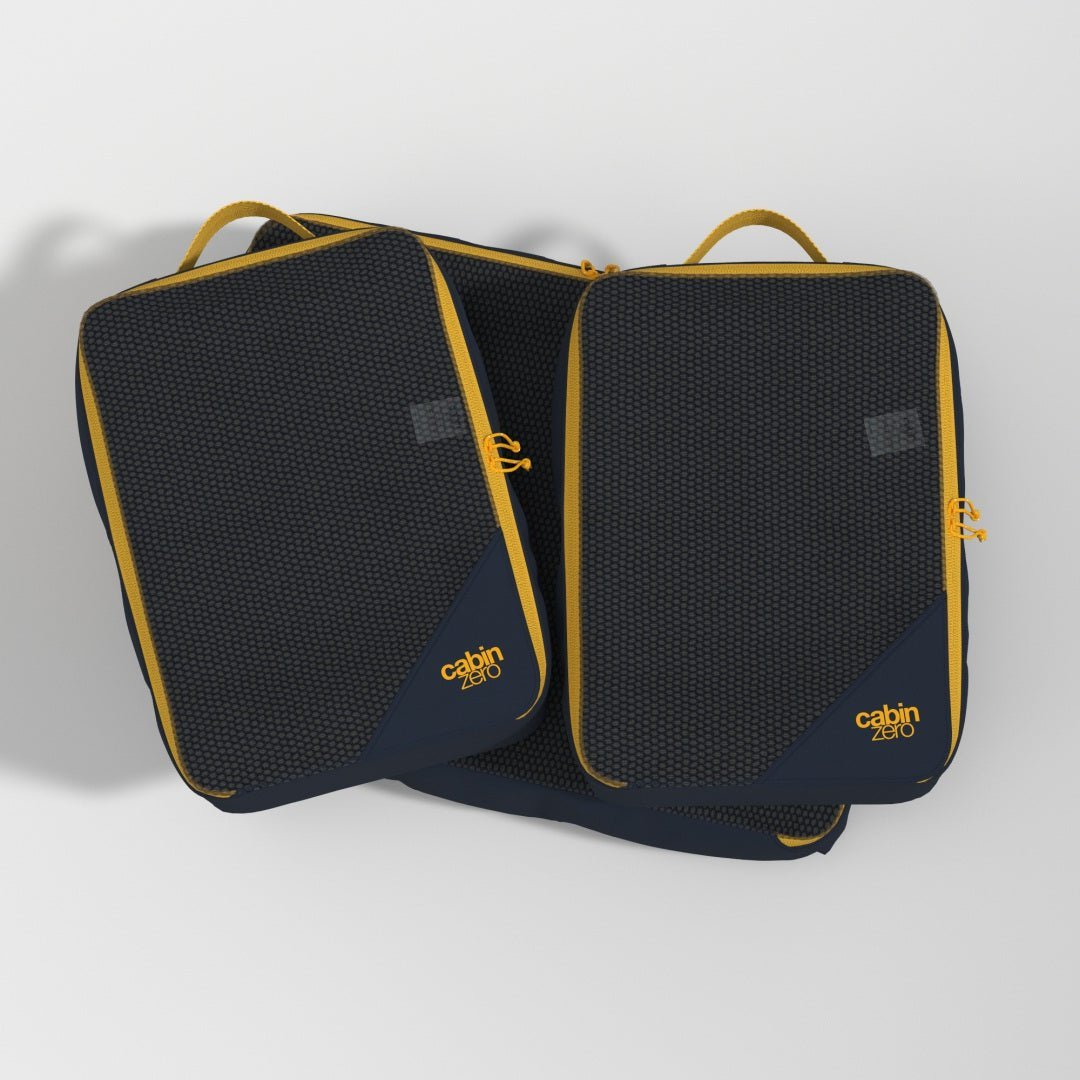




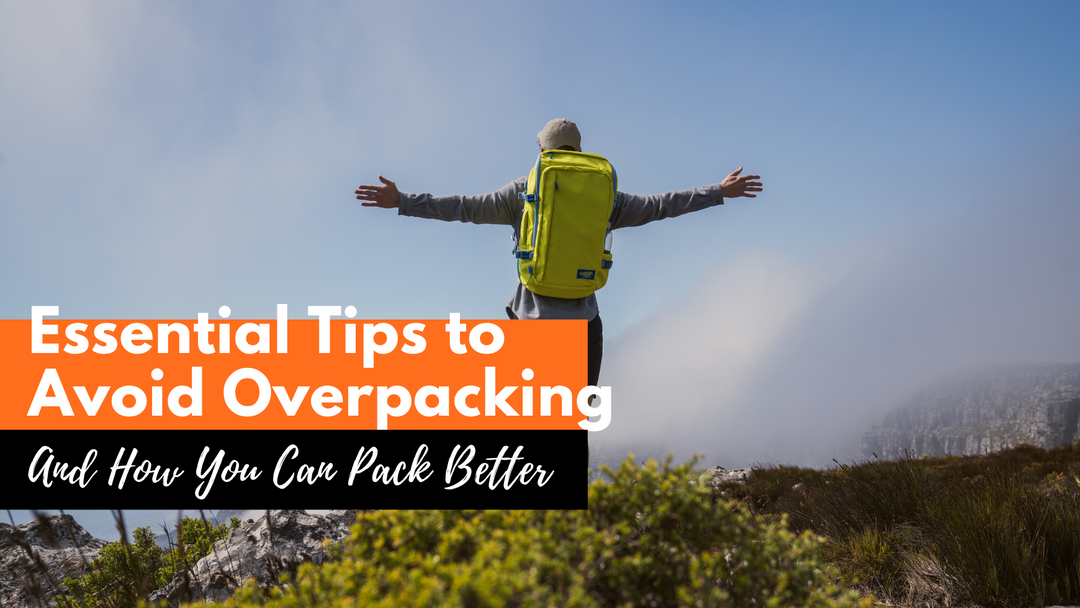

Most helpful site I have found, especially on the exact types of foods containers allowed in carry-on. I was hoping for glass and have ones that are wrapped with silicone to protect them.. :) Thank you!
Leave a comment